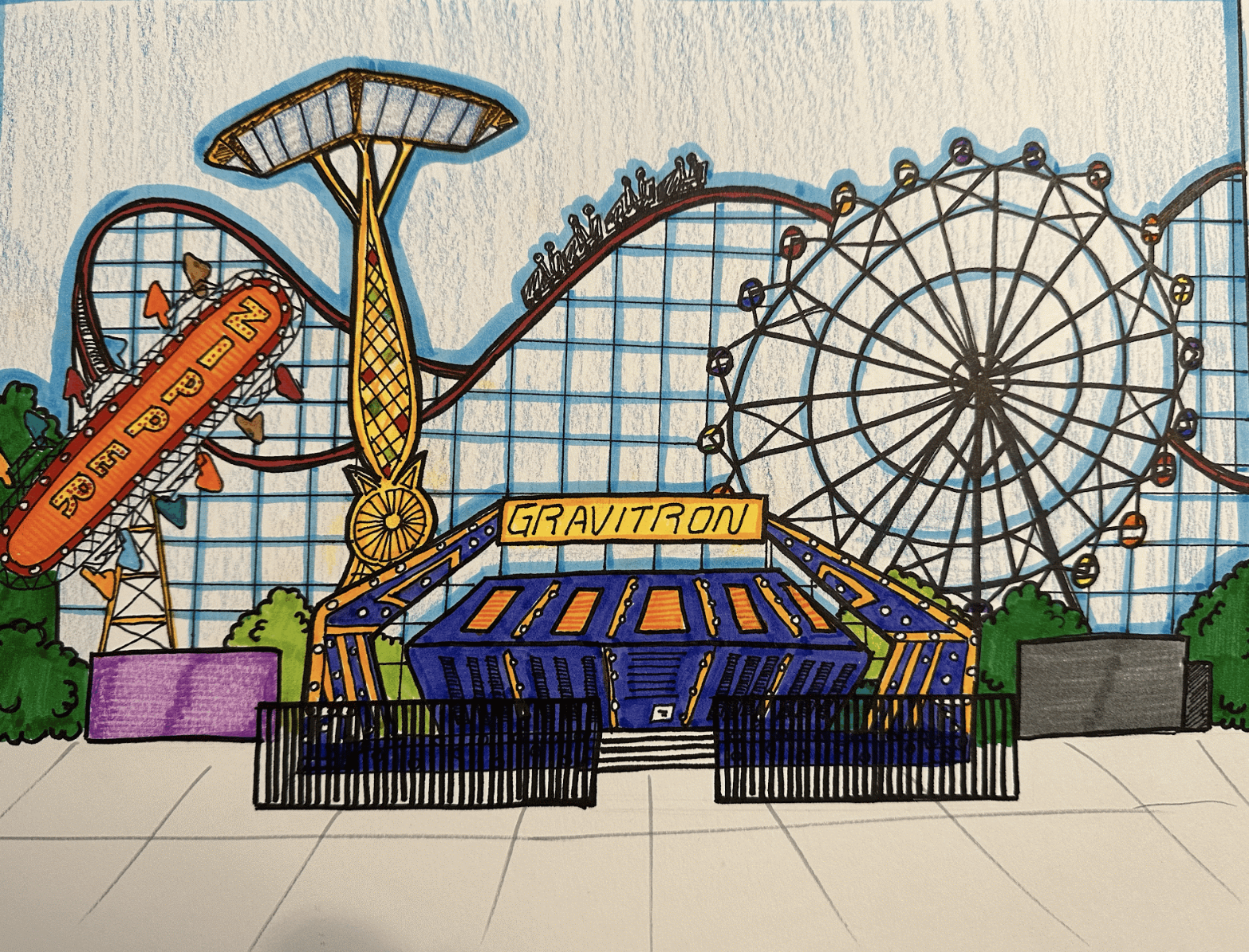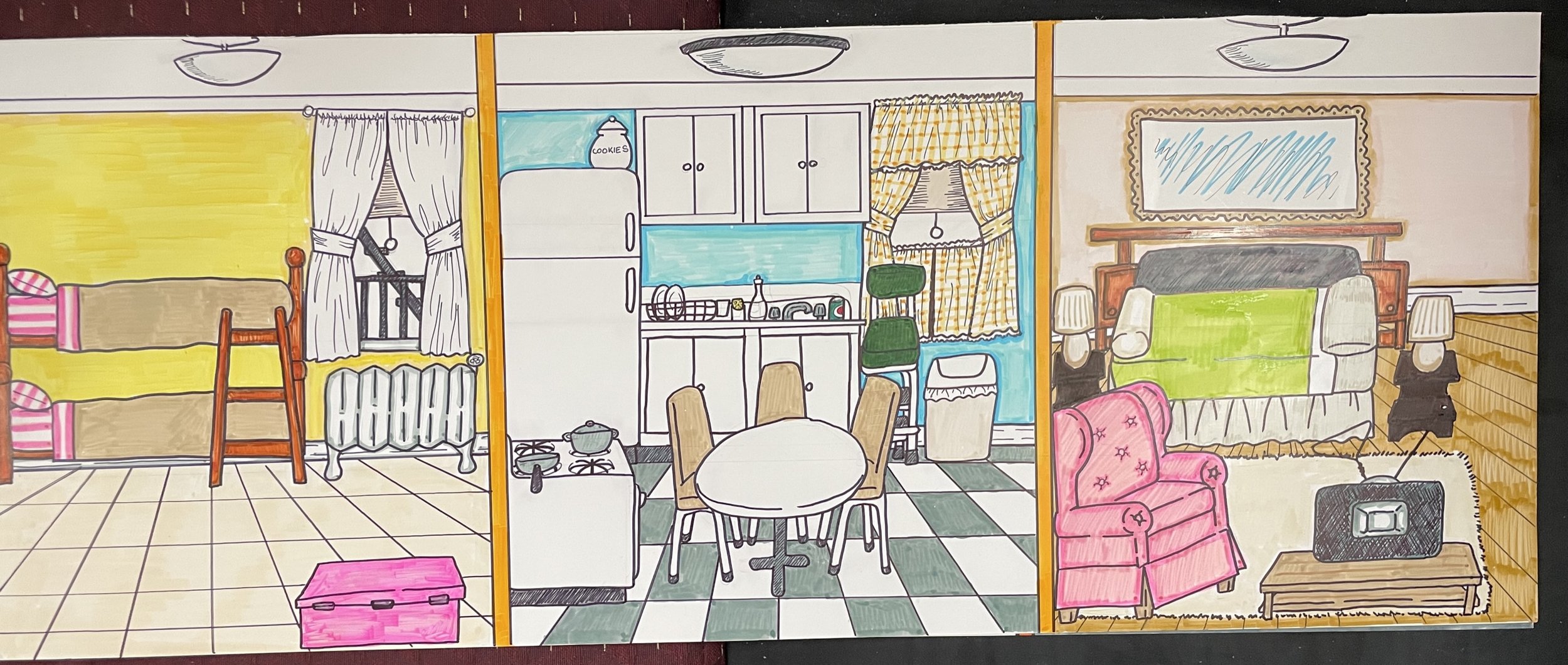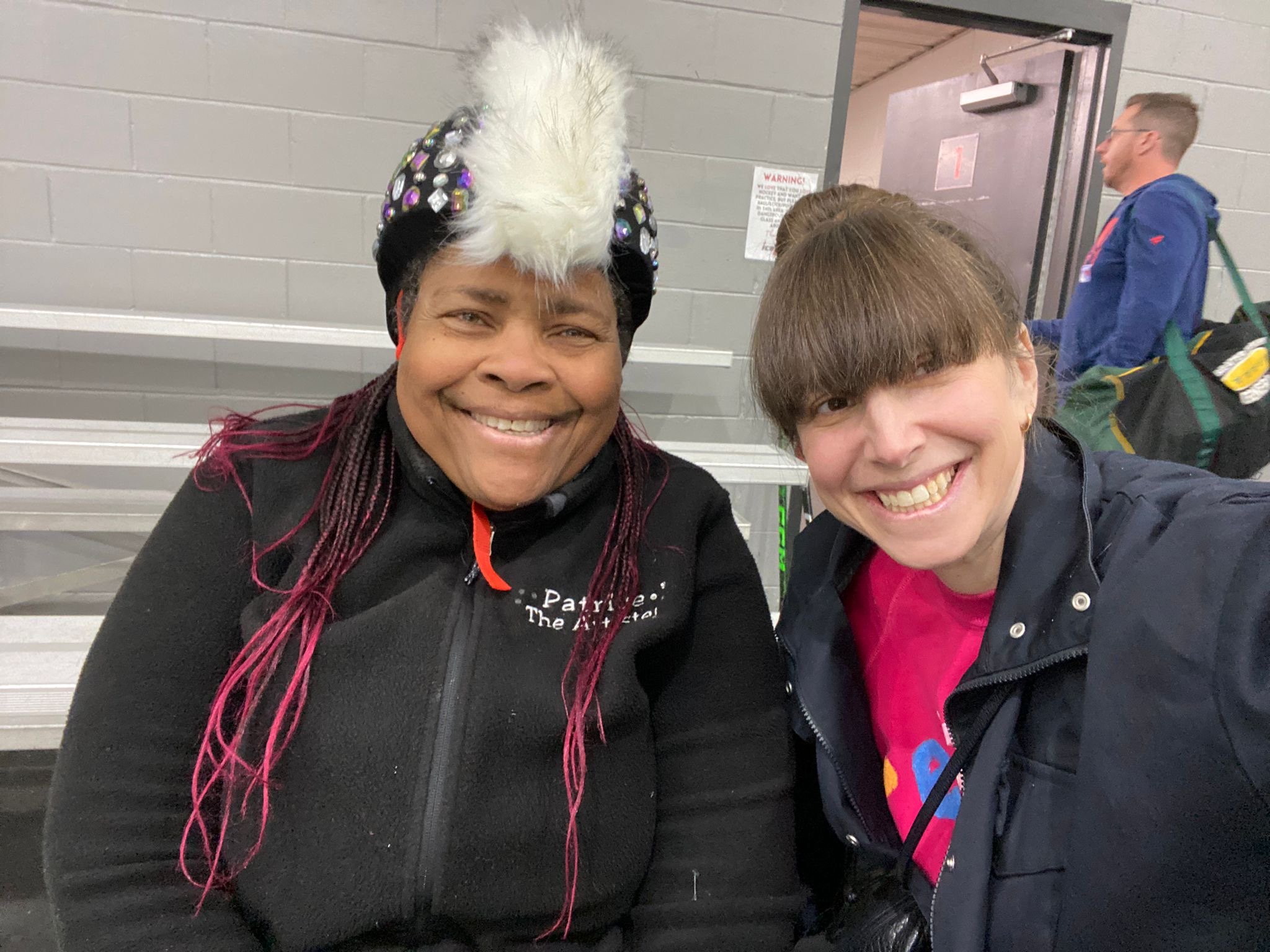About
The Movie
About
PATRICE: THE MOVIE is part of a “disability rebrand” in the tradition of films like Crip Camp, Fire Through Dry Grass, and I Didn’t See You There, which seek to center stories of disabled people and move the storytelling lens from the “medical model” of disability to the “social model”. The medical model links disability diagnosis to an individual’s physical body, supposing that this disability may reduce the individual’s quality of life and the aim is, with medical intervention, this disability will be diminished or corrected. The social model of disability is a way of viewing the world, developed by disabled people. The model says that people are disabled by barriers in society, not by their impairment or difference. The social model sheds light on the fact that the infrastructure of our systems was not created with disabled people in mind. The film is also part of a movement to push away from “Inspiration Porn”. Coined by disability rights activist Stella Young, it refers to media representation where disabled people are considered inspirational by the simple fact of their having a disability.
The creative team behind the film included a diverse group of disabled and non-disabled people. Director Ted Passon has known Patrice for over 20 years. They were introduced by Patrice’s niece, singer/songwriter Kimya Dawson and became fast friends. In 2021 Patrice appeared in the Netflix series, Worn Stories, created by one of the film’s producers, Emily Spivack, which Ted also worked on as a director. They all had alot of fun working on that together. After that project it seemed like there was more to do together and much more of Patrice’s story to tell. Shortly thereafter Patrice and Garry decided they wanted to get married that was the start of PATRICE: THE MOVIE.
The Recreation
Scenes:
Patrice had already been working on a graphic novel about her life. Her artwork is so dynamic that it seemed obvious that it needed to somehow form the basis of the recreations but animation didn’t feel right. Patrice also used to star in her own children’s television show which she created for public access television, called “The Trish Show.” Ultimately, the recreations were the merging of Patrice’s biographical artwork, her TV show, and her love of storytelling and performance. It also helped that Ted and his production company had years of experience with children’s television.
Patrice was the lead production designer and her drawings were made into sets by the art department, which was led by Art Director Lenore Romas and Set Builder Hannah Hamilton. The scripts grew out of the stories Patrice would share either spontaneously or while she was being interviewed. Patrice would often throw in her own dialogue while telling the stories. After collecting many many stories the team whittled them down and they were finally memorialized by Patrice, producer Kyla Harris and co-writer Lee Getty into final scripts. The scenes were shot over two and a half weeks with over sixty child actors at the Ukranian Educational and Cultural Center just outside Philadelphia. All disabled characters were played by disabled actors and were cast by DPD casting.
Accessibility and
Trauma Informed
Production:
Throughout our team, we reflect the lived experiences and intersecting communities represented in the film. We have been very intentional about prioritizing the inclusion of disabled creative partners, crew, and cast members. An accessibility coordination team made sure all crew and cast, disabled and non-disabled, had the best working conditions possible. Producer Kyla Harris and lead accessibility coordinator Kiah Amara, who are both disabled, conducted disability culture trainings for the entire crew and the team at ABC News Studios.
Accessibility also included emotional support. A trauma-informed counselor, Dr. Laura Quiros, met with Patrice weekly during the majority of production as we delved deeper into more difficult memories from the past. Dr. Quiros was on set for the recreation shoot and the production was always prepared to pivot or stop when something would reactivate a traumatic response – which would happen from time to time. Our goal was to match Patrice’s generosity in sharing her story with creating an experience that could be as healing and cathartic as possible. We hope our production can help normalize these practices in the industry.












